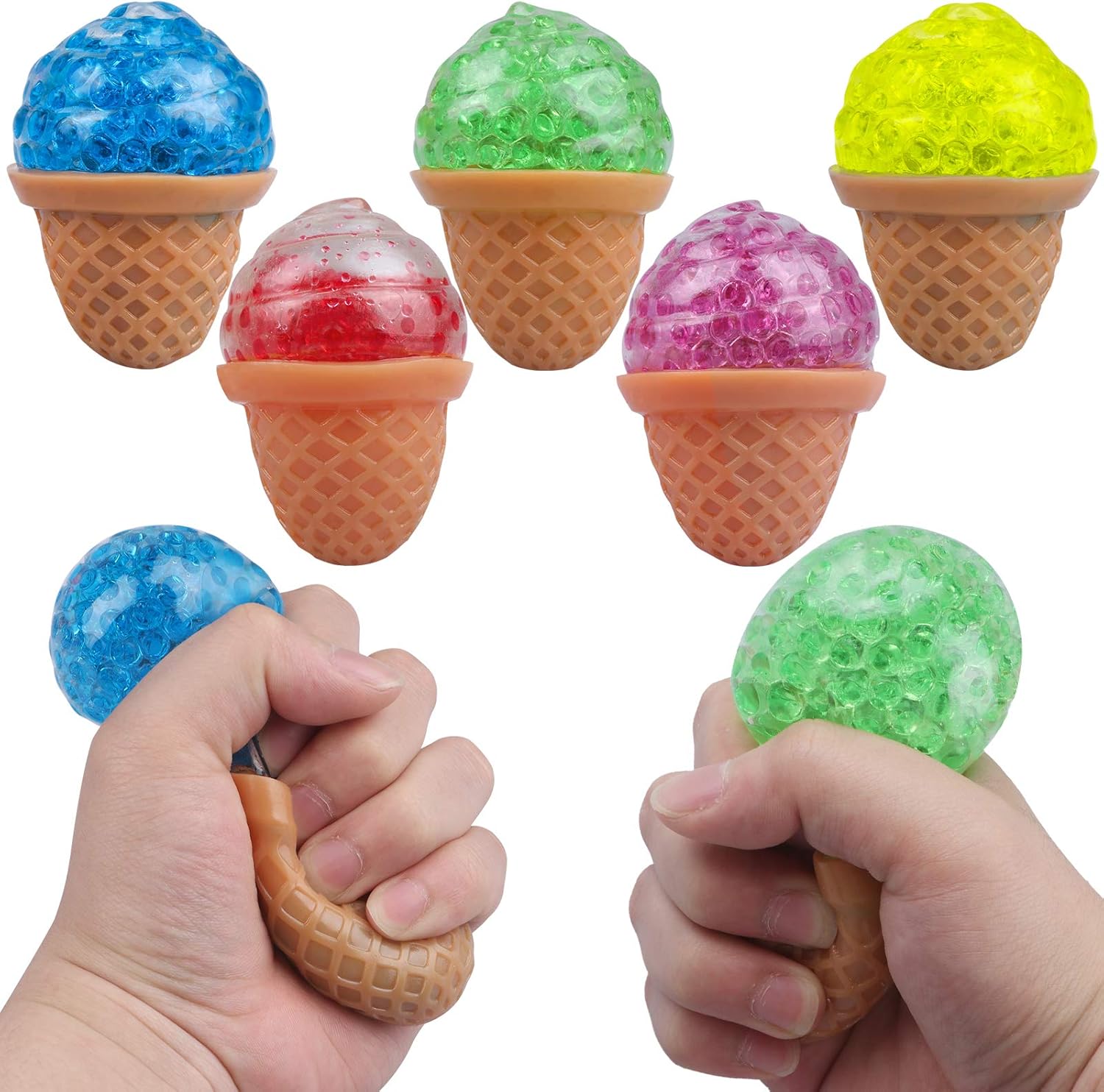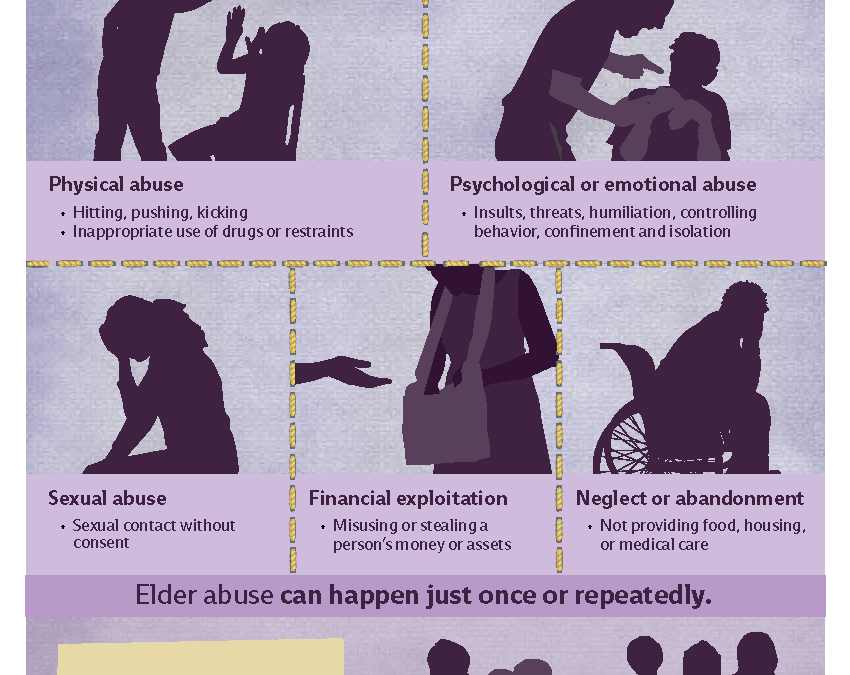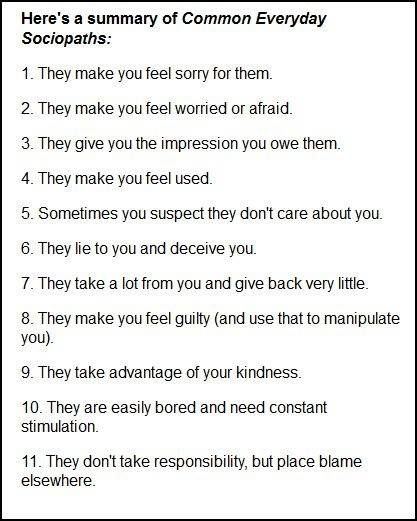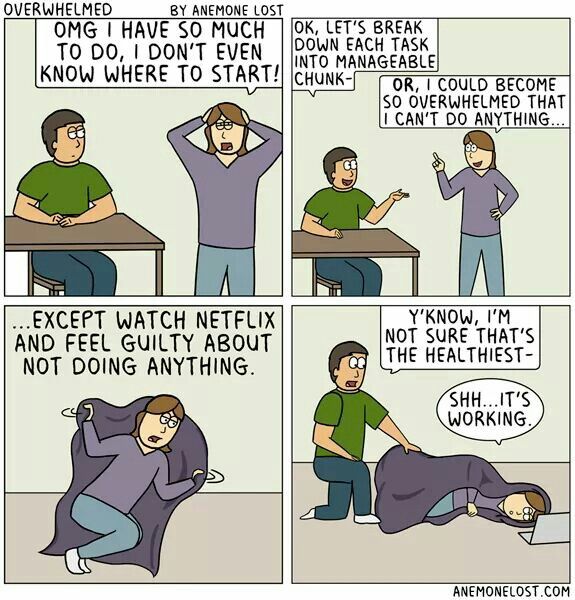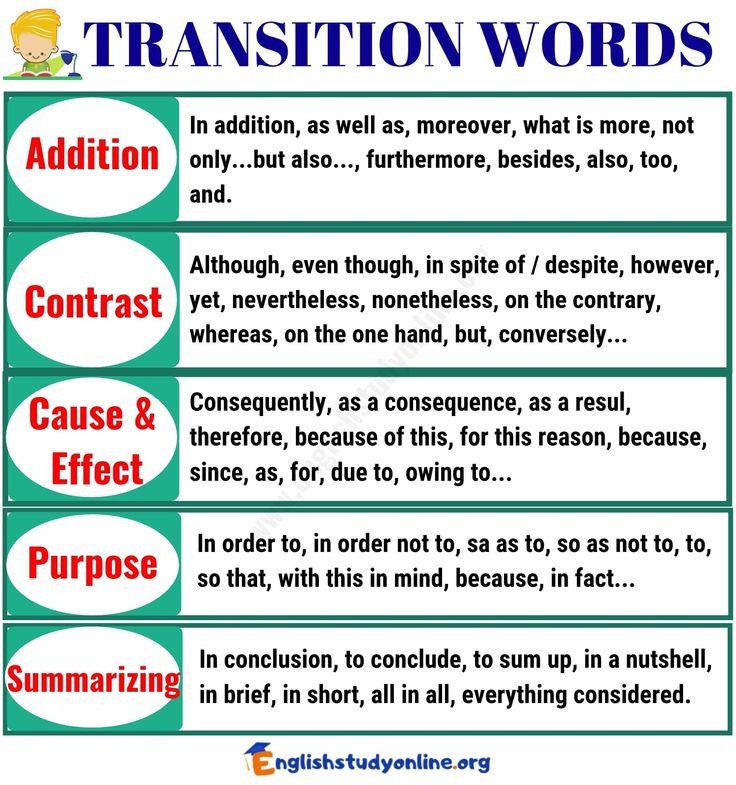Sand filled stress balls
How to Make Balloon Stress Balls
This post may contain affiliate links. That means if you click and buy, I may receive a small commission (at zero cost to you). Please see my full disclosure policy for details.
958 shares
- Share
- Tweet
Learn how to minimize stress with these DIY balloon stress balls. These cute stress balls use common household items and are great for stressed-out kids and parents.
Have you been pulling your hair out with your kids at home?
Yeah, me too.
And even though they don’t verbalize it, kids are definitely feeling anxiety at this time. As much as we try not to show any of our fear around them, kids are sensitive and can pick up on our negative energy.
So that’s why we decided to make stress balls!
How to Make Balloon Stress Balls
These stress balls are super easy to make. All you need are some balloons and something to fill the balloons with.
This post contains affiliate links. Please see my full disclosure policy for details.
Materials:
- Balloons (12”)
- Rice or Flour
- Funnel
- Spoon or pencil (optional)
- Permanent marker (optional)
Instructions:
- Blow up the balloon to stretch it out and let the air out.
- Insert the funnel into the balloon and hold it in place with one hand.
- Slowly pour rice or flour into the funnel because you don’t want the funnel to overflow.
- Shake or tap the funnel gently to encourage the rice or flour to go down. Use a spoon or pencil if necessary to help push it through the funnel.
- Continue until the balloon is full.
- Tie a knot.
- Just for fun, draw a smiley or silly face on the balloon with a permanent marker.
My kids loved these balloon stress balls so much that we made 4 more! They begged to make more but we ran out of balloons.
Final Thoughts on Balloon Stress Balls
Which stress ball did your kid prefer? Mine liked the ones filled with flour because they are softer and squishier.
If you have access sand, you can also try filling the balloon with sand and see what that stress ball feels like! We will definitely try using sand next time we go to the playground.
I hope your kids like the balloon stress balls! Mine loved squishing them in their hands, and I also taught them to use the stress balls when they feel angry. So when sibling rivalry occurs (which happens very often in this household) and emotions are running high, they can squish and pound on the stress balls instead of each other!
958 shares
- Share
- Tweet
Hi! I’m Betty. I am here to help you discover the fun in teaching your kids with hands-on STEM activities and crafts. Learn more about me here.
Looking for Something?
Search for:Sand-Filled Pig
Silicon Pig Filled with Kinetic Sand
Now: $3.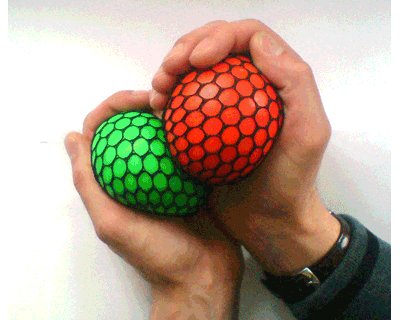 25
25
Current Stock:
Quantity:
Adding to cart… The item has been added
6 customers are viewing this product
- Product Details
- Shipping & Returns
Product Details
Silicon Pig Filled with Kinetic Sand
Shipping & Returns
Customers Also Viewed
Quick Add
"FidgetFetti" Scoop
As seen on TikTok! How it works: We have a bin full of tiny plastic gumball machine capsules that have the names of products from our store written on them. We will scoop out either three...
We will scoop out either three...
Now: $17.95 - $27.95
Quick Add
Quick Add
Yeti NeeDoh
Assorted Colors
Now: $6.00
Quick Add
Quick Add
Bubble Blowing Duck
These adorable duck blow a huge bubble with every squeeze! Assorted colors. Pick the color of your choice! Includes one duck with every purchase.
Now: $4.95
Quick Add
Quick Add
Gel Bead Squeeze-able Bear
Bear-shaped stress ball filled with gel beads! Has a clear textured outside with colorful beads on the inside. Assorted colors (pink, green, purple, blue, red, orange). Please view and...
Assorted colors (pink, green, purple, blue, red, orange). Please view and...
Now: $4.00
Quick Add
Quick Add
Bubble Blowing Frog
These adorable bubble blowing frogs blow a big bubble with every squeeze!
Now: $4.95
Quick Add
What are anti-stress pears and which ones are worth buying for children? And why were all these “sticky” things originally created? We now know and are happy to tell you.
We will also share information about which hand toys can be bought for preschool children, and which ones are better for older heirs. Child psychologist Anastasia Glebova helped us figure this out.
Knead, press and click: what are anti-stress toys
What are anti-stress toys? These are objects that are pleasant to hold in your hands, and even more pleasant to perform repeated simple manipulations with them: twist, crush, press, shift, click.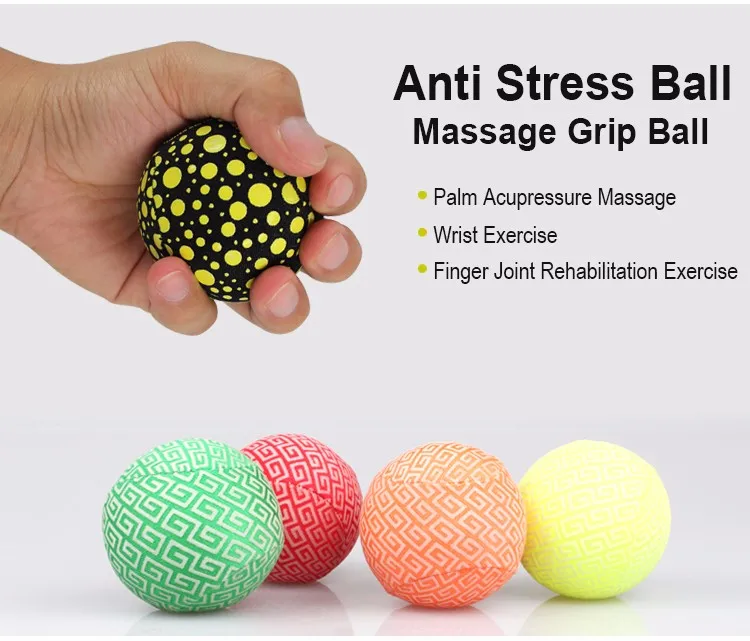 Among these toys can be attributed quite a lot of different in texture and shape of objects. Some have been known to mankind since ancient times (for example, a top or a rosary), others were invented recently along with the advent of new materials and technologies. Some of them become hits among children, others are more suitable for adults.
Among these toys can be attributed quite a lot of different in texture and shape of objects. Some have been known to mankind since ancient times (for example, a top or a rosary), others were invented recently along with the advent of new materials and technologies. Some of them become hits among children, others are more suitable for adults.
Top 12 most popular anti-stress
- Pop-it (Pop it) and simple-dimple - the same "eternal bubble wrap". The first is usually a large rubber surface occupied by "bubbles" that can be pressed on, the second has a plastic frame and only 3-4 "bubbles". The meaning of the game is to alternately click on the pimples.
- Squish is a soft and pliable toy, most often made of polyurethane foam, which always returns to its original shape after being compressed (slowly or quickly). As a rule, it is made in the form of a cute little animal or an object with a smiling face. Designed for crushing.
- Filled squish - a sealed silicone object inside which there is a liquid with granules (for example, hydrogel).

- Spinner - spinner based on ball bearing, usually has 3-5 blades.
- Slime (lizun / gum for hands) - a polymer mass with high plasticity, similar to chewing gum. It can spread or take the form of a ball, has both liquid and solid properties.
- Kinetic sand - quartz sand with the addition of a polymer, has a special stickiness characteristic of ordinary wet sand. Suitable for sculpting.
- Pop tube (Pop tube) - a plastic tube made on the principle of a corrugated tube, which can be stretched and compressed again. The tubes are joined together and can turn into one large "water pipe".
- Soft anti-stress toys (or pillows) - figures made of elastic fabric, filled with small balls of expanded polystyrene. Easily crumpled and again returned to its original shape.
- Fingerboard - toy skateboard for fingers. Develops fine motor skills.
- Neocube - construction set made of neodymium magnetic balls. It can take on a variety of forms.
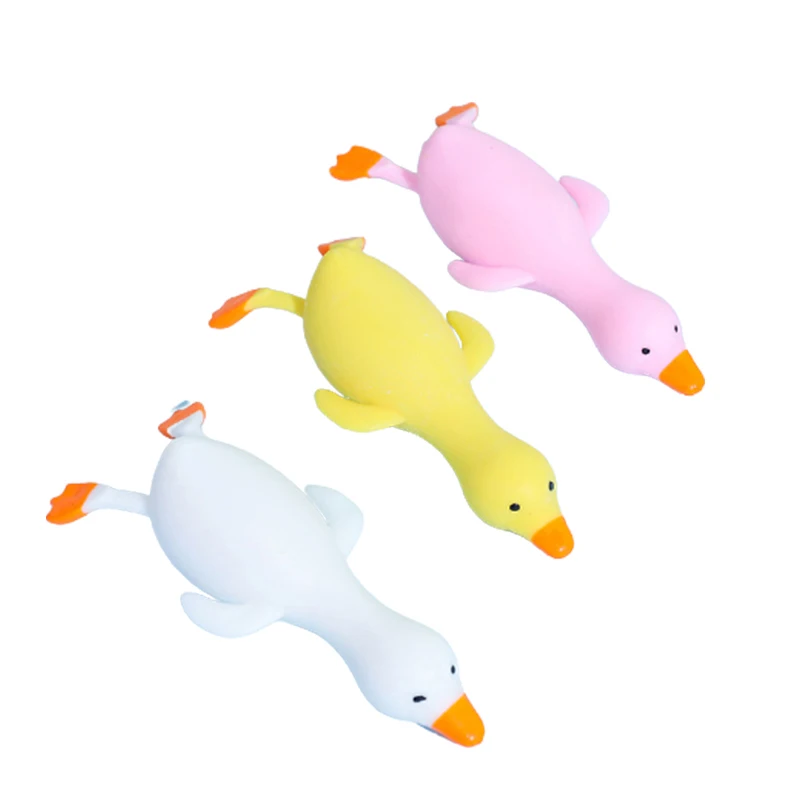
- Fidget cube - a cube and its analogues (polyhedron, panel) with several buttons on different faces. Ideal for carrying in your pocket.
- Toffees are toys made of rubber or other plastic material that can be stretched with great force without damaging them.
The following toys also belong to anti-stress toys:
- Ballic plasticine,
- Medica dough,
- Espander,
- Yo-Yo,
- Silicone tape-
- Snake (Tangl),
- Paired Metal shara for
- coloring books,
- kaomaru (rubber ball in the shape of a face),
- magnetic construction pen,
- slinky (rainbow spring),
- puzzles like Rubik's Cube, Snake, Cube Maze, etc.
Most often, anti-stress toys are positioned as things that can help in a difficult situation: they are advised to buy for people who have problems with concentration, anxiety or stress. However, not all of these items were originally created with a therapeutic purpose. Sometimes they acquire such a reputation already in the course of use. As for children, in their hands, anti-stress toys become just items that have a “viral” popularity.
Sometimes they acquire such a reputation already in the course of use. As for children, in their hands, anti-stress toys become just items that have a “viral” popularity.
Pop-it design 1975, photo: bbc.com
Who and what invents anti-stress toys
Each such toy has its own story. Let's go through the most interesting ones.
For example, pop-it was invented in 1975 by an American couple. Theo and Ora Coster owned their own toy company. The couple came up with a lot of different great fun, including this rubber bumpy mat. Kostera did not invest any practical meaning in this idea, they initially saw it as just a toy for children. However, at that time, pop-it did not have a chance to gain popularity, since its production turned out to be quite expensive. In 2009In the same year, the Koster sons sold the idea to another company, which took another 10 years to implement it. It wasn't until 2019 that pop-it went into mass production, immediately becoming a spinner-level hit.
By the way, about spinners . The idea underlying this spinner goes back to the good old spinning top. And the authorship in the invention of the toy is shared between an American Katherine Hettinger, who in the early 90s came up with an analogue of a spinner for her daughter with a muscle disease, and her fellow countryman Scott McCoskery, who created in 2017 exactly the spinner that we know. According to Scott, he was just pursuing an anti-stress goal - he wanted to do something with his hands in the office.
The first squish was created in America. Only then it was called the “anti-stress ball” and really had the shape of a ball. It was invented in the 80s by an ordinary person named Alex Carswell. He decided that he definitely needed an object to vent his anger and relieve tension. And already in 2017, the idea was picked up by the Japanese, giving the toy a new look - in the form of cute little animals and various fruits with faces. Japanese squishes were also softer and more tender.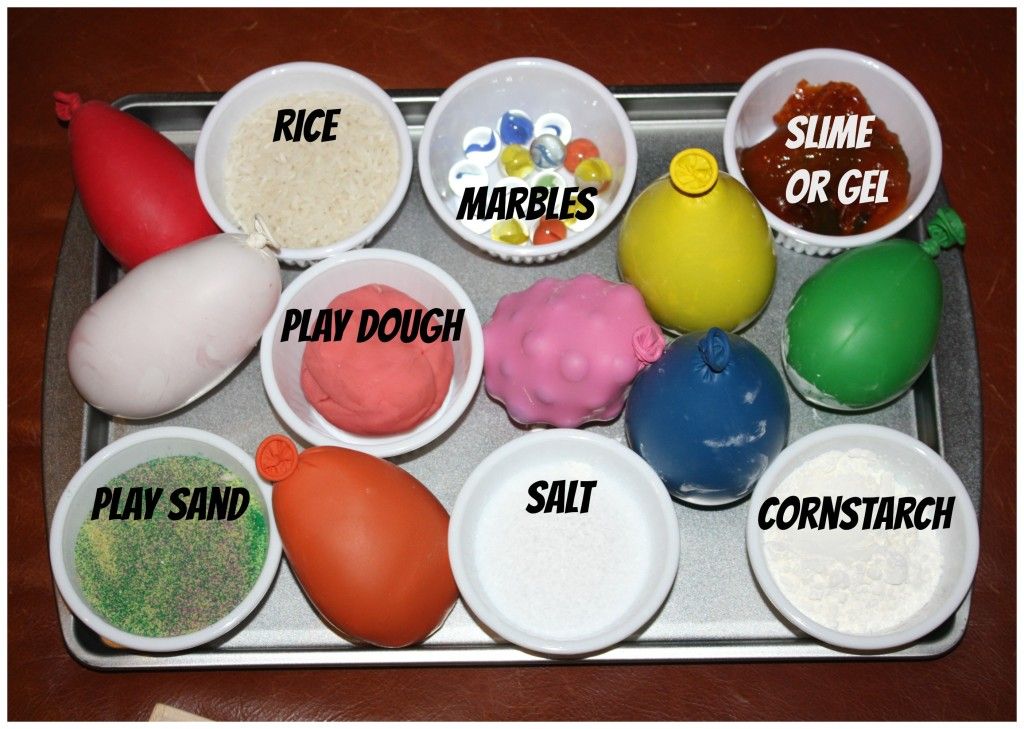
Ironically, but the first slime was also invented by the Americans, namely the famous company Mattel (the same one that makes Barbie). For the first time "green slime" was introduced in 1976.
How to choose an anti-stress toy for children of different ages: a word to a psychologist
As you can see, the tasks of all these toys are different. Children are also growing and changing all the time. What a two-year-old needs won't suit a six-year-old, and teenagers are a whole new world. TEA.ru TRENDS expert Anastasia Glebova recommends taking into account the age of the child when buying an anti-stress toy. It is clear that the children themselves do not care at all (they are just is necessary ), but we, as adults, must understand what kind of fun will become an ordinary toy, which one will be a kind of developmental game, and which one will fulfill its intended purpose and help relieve stress.
Toddlers under 3
At this age, sensory development is of great importance. Every object in the hands of a child becomes a trigger for creating new neural connections. That is why the baby will definitely not hurt and even benefit from colorful pop-it, which will help develop fine motor skills, sensory sensitivity and simply entertain while mom is drinking her coffee. But we understand that there is no point in talking about any “anti-stress” in this case: if a child needs to throw out his negative emotions, he will do it anyway, and here the warm embrace of a loving adult will be an ideal solution.
Every object in the hands of a child becomes a trigger for creating new neural connections. That is why the baby will definitely not hurt and even benefit from colorful pop-it, which will help develop fine motor skills, sensory sensitivity and simply entertain while mom is drinking her coffee. But we understand that there is no point in talking about any “anti-stress” in this case: if a child needs to throw out his negative emotions, he will do it anyway, and here the warm embrace of a loving adult will be an ideal solution.
Important: other types of anti-stress toys are potentially dangerous for the baby, because he puts everything in his mouth.
Preschoolers from 3 to 7 years old
At this age, children are already socialized enough to start wanting toys, like “Petya's friend” or “that boy from the playground”. Not because they really need this thing, but simply because it is “so beautiful” and they really want to have something that everyone has. It makes no sense to limit the preschooler in his desires - he will still achieve his goal. And if this simple desire is not satisfied, real stress may well happen.
And if this simple desire is not satisfied, real stress may well happen.
Feel free to buy any kind of zhamkalki/swirls/mashers for children of this age – let them play. Most likely, it will be fun for three days, and then it will lose its attractiveness, since parents are still the best "anti-stress".
What is really useful for preschoolers? Kinetic sand, modeling dough and even ordinary plasticine, as well as various slimes and slimes. These types of toys help develop imagination and can easily be incorporated into role-playing games, which are considered very important for this age.
Schoolchildren from 7 to 11 years old
For schoolchildren, the need to have things "like everyone else" becomes even more urgent, because they are in a society where people already compare and evaluate each other's property. Although stress relief with repetitive movements is not the best option yet. Rather, it will be useful for a primary school student to run and jump between lessons.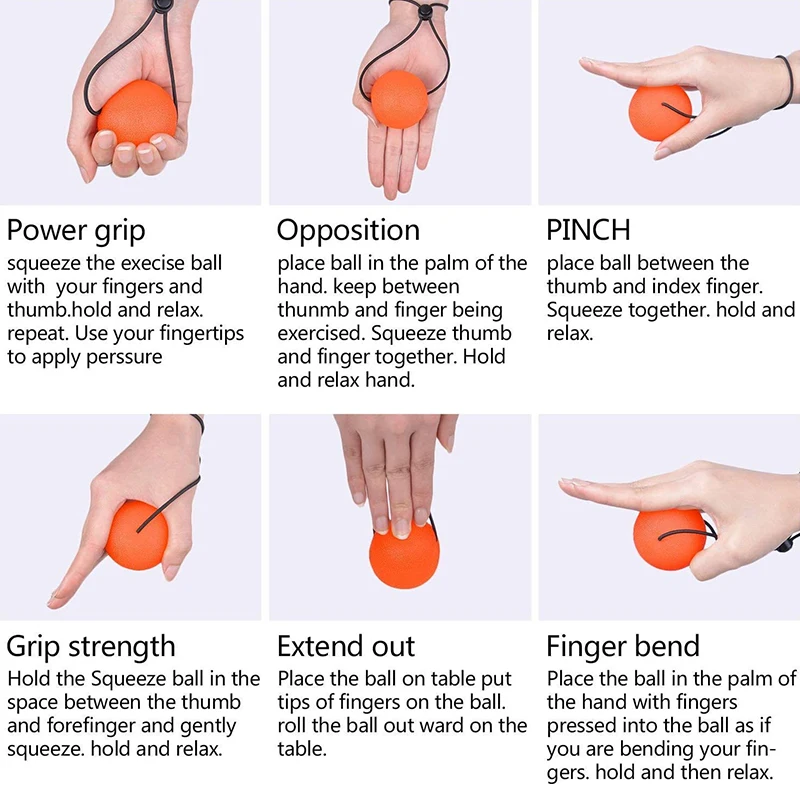 However, it is better to buy what the child asks for than to listen to the endless “we-we-we”. Just explain to him that taking out slimes, straws and fingerboards in class is not the best idea.
However, it is better to buy what the child asks for than to listen to the endless “we-we-we”. Just explain to him that taking out slimes, straws and fingerboards in class is not the best idea.
The only thing that makes sense for a first-grader to carry in his pocket is some kind of “crusher”, in case the tension is really high and it urgently needs to be removed. And even better - take with you a small favorite toy, which in itself is a talisman.
Schoolchildren from 12 to 17
Adolescents are conscious people (compared to toddlers). It is from this age that an anti-stress toy becomes truly relevant and necessary. A high school student will not rush along the school corridor, but he has a lot of tension. And that's where all those clicking, twisting, and squeezing things really come in handy and serve their true purpose.
You can explain to a teenager how exactly the mechanism of occupying hands works, say that such a toy, hidden in a pocket, will help him cope with excitement, insecurity and anger. A squish, simple dimple, expander or Fidget cube is the perfect gift to unload outside the home. Soft toys with balls inside, neocube and good old chewing gum for hands are well suited for the house.
A squish, simple dimple, expander or Fidget cube is the perfect gift to unload outside the home. Soft toys with balls inside, neocube and good old chewing gum for hands are well suited for the house.
Do anti-stress toys really work
Although anti-stress toys are just toys for most children, their functionality should not be ruled out. Fashion is fashion, and in some ways advertising slogans are right: spinners, pop-it, chewing gum and similar items give many people the opportunity to calm down.
How does it work?
In clever words, anti-stress toys help us quickly and effectively carry out progressive muscle relaxation for ourselves, which is a proven relaxation technique. By tensing our muscles and then relaxing them again, we better capture bodily tension that we might not have noticed. And then our smart organism itself acts according to the scenario that it was reminded of. That is, it relaxes. That's the whole point.
Russian doctors have not yet provided scientific evidence of the effectiveness of such toys, but work in this direction is already underway. For example, Moscow psychologists conducted a small study and concluded that anti-stress toys can really be useful for normal children, but for normal children they do not pose any threat and do not harm the delicate children's psyche.
For example, Moscow psychologists conducted a small study and concluded that anti-stress toys can really be useful for normal children, but for normal children they do not pose any threat and do not harm the delicate children's psyche.
According to Anastasia Kovaleva, even if a child plays with a pop-it toy instead of lessons, this does not mean that it is it that distracts him from work. It's just that a person does not want to engage in obviously boring activities, and in any case he will find a way to sabotage it. Well, pop-it is still better than a phone or tablet.
Good news for anxious parents: even if a child shows an increased interest in anti-stress, this does not mean that he will fall into the number of people with autism. Such deviations cannot be "started" with the help of a toy - they either exist or they do not.
Only in the case when the passion turns into an obsessive need and the child “sticks” for hours with an anti-stress toy, parents should worry. It is possible that previously unnoticed deviations of the autistic spectrum manifest themselves through such activities.
It is possible that previously unnoticed deviations of the autistic spectrum manifest themselves through such activities.
Safety rules for anti-stress toys
First of all , as we wrote above, such toys are not recommended for children under three years old (and sometimes even older). Toddlers can bite off a piece of squish, swallow a neodymium magnet, ruin their teeth on a hard spinner or gorge themselves on kinetic sand. If you give them such toys, you should carefully monitor the correct use of these items and do not leave the child alone.
Secondly, , in order to avoid contact with toxic or too fragile materials, Rospotrebnadzor and children's specialists recommend considering the following parameters when choosing a toy: country of manufacture, country of import, contacts, minimum age of the child, product material, date of manufacture;

And since you still won't be able to avoid buying at least one anti-stress toy, it's better to take care of finding quality goods in a trusted store in advance.
They are so touching! What are some things that help relieve stress? Community News
YouTube is full of ASMR videos of people eating, chewing, cutting or chewing something. At the same time, a characteristic sound arises, which in itself causes ASMR sensations: the brain gives a signal - and the person relaxes, the body gets goosebumps, the stress goes away. "OnOnas" has compiled a list of the most popular ASMR things. They will calm down a harsh teacher, a violent boss, and even a panicking girl!
Bubble wrap
Photo by Anastasia Pisarevskaya
The bubble wrap saves not only from nervous breakdowns, but also from banal melancholy. It seems to be such a childish activity - to burst plastic bubbles, but how it improves your mood! Until recently, “pimples” served exclusively as packaging for furniture, mirrors, fragile glass and porcelain products, and household appliances. But there were so many lovers of cracking mini-balls that it appeared on sale as an independent product. An excellent antidepressant without harm to health and useful in everyday life.
But there were so many lovers of cracking mini-balls that it appeared on sale as an independent product. An excellent antidepressant without harm to health and useful in everyday life.
Kinetic sand
Photo by Anastasia Pisarevskaya
“He is alive!” - the first impression of this unusual substance. Pleasant to the touch, it creates a fluidity effect, but at the same time it is dry and does not stain hands. It looks like wet sea sand, and feels like plasticine or dough. It is loose, but you can build different shapes from it. It is a mixture of the purest quartz sand and a special binding agent. Kinetic sand is safe and non-toxic, does not cause allergies, bacteria and microbes do not start in it. The consistency allows it to be used as a relaxing and therapeutic agent. Art therapy with live sand is useful for both children and adults.
Kapitoshka
Photo from bioressnonth.pp.ua
This is the progenitor of anti-stress toys - a funny thing made of a balloon and flour. She was nicknamed by analogy with the charming character of the book by Natalya Guzeeva "The Adventures of Kapitoshka". Kapitoshka is a cheerful raindrop that changes shape and teaches kindness to the evil Wolf cub. Remembered? You can make it yourself. You will need a strong balloon, flour or starch, a funnel for pouring, rope and felt-tip pens. Kapitoshka, filled with starch, creaks pleasantly, like snow underfoot. The drawing on the toy completely depends on your imagination: a smiley, an inscription or a portrait of an enemy. The toy can be squeezed, beaten, crushed, thereby releasing negative energy. A bright color and a funny face, on the contrary, will give the lesson a bit of positive.
She was nicknamed by analogy with the charming character of the book by Natalya Guzeeva "The Adventures of Kapitoshka". Kapitoshka is a cheerful raindrop that changes shape and teaches kindness to the evil Wolf cub. Remembered? You can make it yourself. You will need a strong balloon, flour or starch, a funnel for pouring, rope and felt-tip pens. Kapitoshka, filled with starch, creaks pleasantly, like snow underfoot. The drawing on the toy completely depends on your imagination: a smiley, an inscription or a portrait of an enemy. The toy can be squeezed, beaten, crushed, thereby releasing negative energy. A bright color and a funny face, on the contrary, will give the lesson a bit of positive.
Non-liquid
Photo by Anastasia Pisarevskaya
Scientifically, a non-Newtonian liquid. This is a general name for a substance that has specific properties. The material is similar to slime - it does not spill and is easy to collect. Slimes, popularly known as slimes, have these properties (not to be confused with the sticky ball from the 1990s, which spread along the wall if it was smacked hard). Slime cools the hands, leaves a feeling of moisture, although completely dry. If the slime is left alone, it spreads over the surface, and with a sharp impact, it thickens. Another type of non-Newtonian liquid is handgum, or hand gum. The stronger the impact on this material, the more elastic it becomes. If you leave it on the table, it will blur, if you hit it on the floor, it will bounce like a rubber ball.
Slimes, popularly known as slimes, have these properties (not to be confused with the sticky ball from the 1990s, which spread along the wall if it was smacked hard). Slime cools the hands, leaves a feeling of moisture, although completely dry. If the slime is left alone, it spreads over the surface, and with a sharp impact, it thickens. Another type of non-Newtonian liquid is handgum, or hand gum. The stronger the impact on this material, the more elastic it becomes. If you leave it on the table, it will blur, if you hit it on the floor, it will bounce like a rubber ball.
Mushroom pillow
Photo from novaopt.ru
Such a toy affects several senses at once. Our palms, or rather the fingertips, are extremely sensitive, and the pillow interacts perfectly with them. There are small granules of polystyrene inside the mnushka. When a person touches them through matter, fine motor mechanisms are activated in the hands, and the pleasure center is activated in the brain.